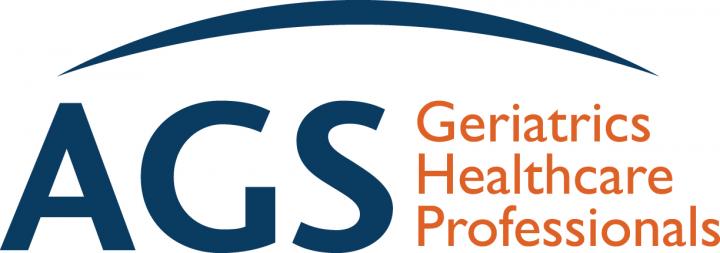
Credit: (C) 2019, American Geriatrics Society
Trillions of dollars in cuts to everything from the nation’s largest insurer to programs for training more health professionals already in short supply round out a 2020 budget proposal that is “deeply troubling for older Americans, their families, and their health professionals,” so say experts from the American Geriatrics Society (AGS). In comments posted today, the AGS raised several such concerns about priorities outlined in President Trump’s “Budget for a Better America,” a proposal falling far short of its name as it seeks to shrink or even eliminate health training, health research, health coverage, and health services for older adults in communities across the U.S.
“Even though this proposal is just a ‘wish list’ for now, it sends a troubling message” said Nancy E. Lundebjerg, MPA, Chief Executive Officer of the AGS. “That’s why we’re urging everyone to let the White House and Congress know that cutting supports for older adults now cuts care for us all as we age.”
In assessing the Trump Administration’s proposal released earlier this week, the AGS raised its most significant objections to:
- Cuts of nearly $800 million to eliminate primary care education and training for a host of other health professionals when their expertise is needed most. In particular, these cuts come with more questions than answers for the future of the only federal programs focused on building geriatrics expertise, which remains in short supply across most of America. Beyond educating current and future doctors, nurses, physician assistants, social workers, and others in geriatrics principles, these platforms–the Geriatrics Workforce Enhancement Program and the Geriatrics Academic Career Awards, both administered by the Health Resources and Services Administration–also offer important links to family caregivers, more than 40 million of whom already provide the bulk of care for older Americans.
- Cuts of nearly $5 billion from the National Institutes of Health (NIH), including $429 million from the National Institute on Aging (NIA). Though NIH and the NIA have long enjoyed bipartisan support, any threat to their funding could stymie important progress on treating and preventing the health conditions older Americans face with growing frequency.
- Trillions of dollars in cuts to Medicare and Medicaid, our nation’s largest insurers and main source of health support for older adults and other Americans at risk for poor health. The Trump Administration’s wish list includes ending successful expansions of Medicaid, which led to better health coverage for those who need it most, and cutting nearly $1.5 trillion from the program over the next 10 years. Plans to establish a “per-capita cap” or “block grant” $1.2 trillion in its place (which would offer states a set Medicaid spending amount in advance) have long been criticized by health and policy experts, including those at the AGS, for jeopardizing access to long-term care services and supports, among other resources.
- Millions of dollars in reductions to key community services for older adults. These include a $38 million cut to caregiver support programs, a $13 million cut to the State Health Insurance Assistance Program (which provides free local health coverage counseling for Medicare beneficiaries), and reduced funding for chronic disease self-management and falls-prevention programs, which would be folded into the Preventive Health Services Programs without additional funding.
While the 2020 budget proposal includes several priorities that align with the needs of older Americans–including proposals for reducing Medicare prescription medication costs and increasing funds for the Veterans Health Administration–Lundebjerg noted that “no budget should sacrifice our long-term health for the sake of short-term gains.”
“We remain committed to working with Congress and the Administration on a proposal that meets our country’s needs while advancing health, safety, and independence for us all as we grow older,” Lundebjerg added.
###
About the American Geriatrics Society
Founded in 1942, the American Geriatrics Society (AGS) is a nationwide, not-for-profit society of geriatrics healthcare professionals that has–for more than 75 years–worked to improve the health, independence, and quality of life of older people. Our nearly 6,000 members include geriatricians, geriatric nurses, social workers, family practitioners, physician assistants, pharmacists, and internists. The Society provides leadership to healthcare professionals, policymakers, and the public by implementing and advocating for programs in patient care, research, professional and public education, and public policy. For more information, visit AmericanGeriatrics.org.
Media Contact
Daniel E Trucil
[email protected]
Original Source
https:/




